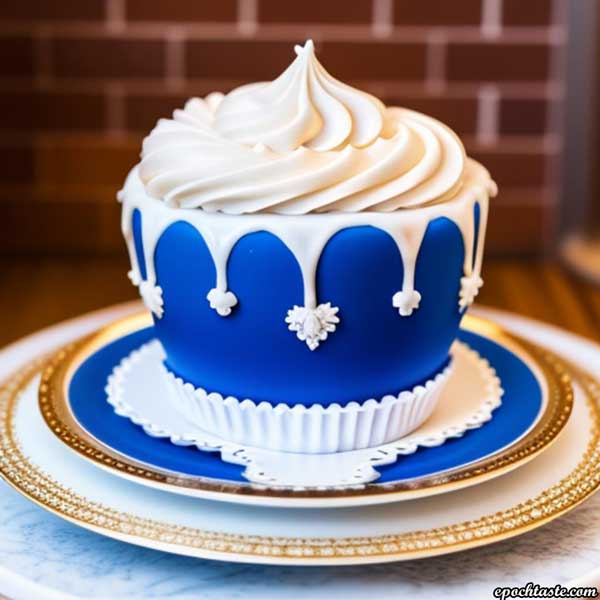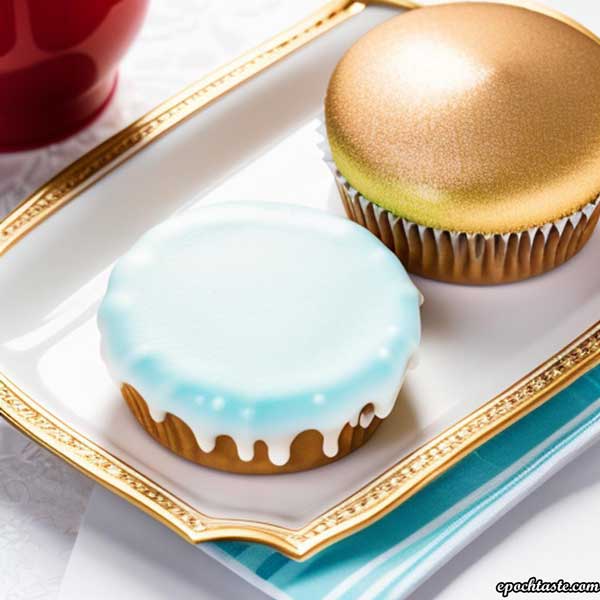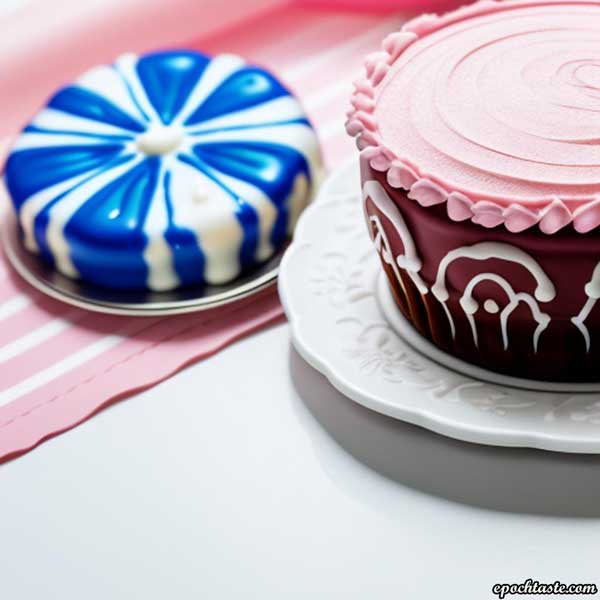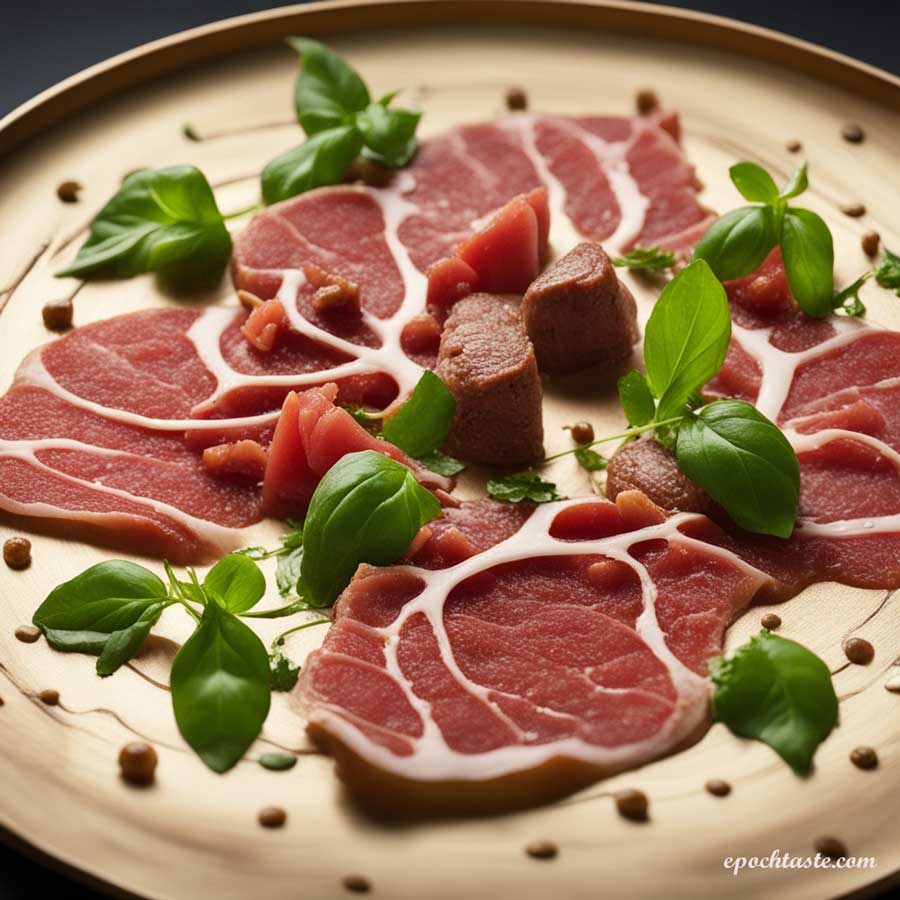Royal icing is the crowning jewel of cookie and cake decorating. Its smooth, glossy finish and versatility make it a favorite among bakers and confectioners worldwide. Whether you’re a novice looking to create stunning cookies or a seasoned pro seeking a professional-grade recipe, this guide will cover it all. We’ll even explore alternatives to meringue powder for those with dietary restrictions. In this extensive 7000-word blog post, we’ll delve into the world of royal icing, providing detailed instructions, tips, and tricks for every step of the way. Let’s begin!
Table of Contents:
- Understanding Royal Icing (Word Count: 400)a. What is Royal Icing? b. Why Use Royal Icing? c. The Different Types of Royal Icing
- Ingredients: The Heart of Royal Icing (Word Count: 600)a. Confectioners’ Sugar (Powdered Sugar) b. Egg Whites or Egg White Powder c. Cream of Tartar d. Water e. Alternatives to Meringue Powder
- Equipment Essentials (Word Count: 450)a. Mixing Bowls b. Electric Mixer c. Piping Bags and Tips d. Scribe Tool e. Gel Food Coloring
- Basic Royal Icing Recipe (Word Count: 600)a. Royal Icing for Beginners b. Professional Royal Icing Recipe c. How to Make Royal Icing Without Meringue Powder d. How to Make Royal Icing for Piping e. Royal Icing with Corn Syrup
- Perfecting the Consistency (Word Count: 700)a. Flooding Consistency b. Piping Consistency c. Stiff Royal Icing Recipe d. Adjusting Consistency
- Coloring Your Royal Icing (Word Count: 550)a. Achieving Vibrant Colors b. Mixing Gel Food Coloring c. Creating Different Shades d. Avoiding Common Color Mistakes
- Decorating with Royal Icing (Word Count: 800)a. Flood and Fill Technique b. Wet-on-Wet Technique c. Piping and Flooding d. Royal Icing Transfers e. Troubleshooting Common Issues
- Drying and Storing Royal Icing Decorations (Word Count: 500)a. Drying Time b. Proper Storage c. Reusing Royal Icing
- Royal Icing for Cookies (Word Count: 800)a. Sugar Cookie Icing Recipe b. Tips for Cookie Decorating c. Royal Icing Cookie Designs for Beginners d. Advanced Cookie Decorating Techniques
- Royal Icing for Cakes (Word Count: 700)a. Using Royal Icing as Cake Decoration b. Creating 3D Effects c. Elegant Wedding Cake Ideas d. Combining Royal Icing with Other Cake Decorations
- Conclusion (Word Count: 200)a. Recap of Key Takeaways b. Encouragement for Your Decorating Journey
Now, let’s dive into the details of each section to help you master the art of making royal icing for cookies and cakes.

1. Understanding Royal Icing
What is Royal Icing?
Royal icing is a versatile icing that dries hard with a smooth, matte finish. It’s made from simple ingredients: confectioners’ sugar, egg whites or egg white powder, and flavorings. Royal icing is widely used in cookie and cake decorating due to its ability to hold intricate designs and provide a clean, polished appearance.
Why Use Royal Icing?
Royal icing is favored by decorators for its durability and versatility. It’s perfect for creating intricate details, flowers, lacework, and even 3D structures. Once dried, it can be stacked, stored, and transported without smudging or damaging the decorations.
The Different Types of Royal Icing
Royal icing can be categorized into three main consistencies:
a. Flooding Consistency: Used for filling in larger areas and creating a smooth, flat surface on cookies.
b. Piping Consistency: Ideal for creating intricate designs and outlines on cookies or cakes.
c. Stiff Consistency: Used for creating 3D decorations and intricate piped details.
Now that you have a basic understanding of royal icing, let’s move on to the essential ingredients.

2. Ingredients: The Heart of Royal Icing
Confectioners’ Sugar (Powdered Sugar)
Confectioners’ sugar is the primary dry ingredient in royal icing. It’s finely ground sugar mixed with a small amount of cornstarch to prevent caking. The ultra-fine texture of confectioners’ sugar ensures a smooth, lump-free royal icing.
Egg Whites or Egg White Powder
Traditionally, royal icing is made with fresh egg whites. However, some people prefer to use egg white powder for convenience and food safety. We’ll explore alternatives for those who want to avoid egg-based products.
Cream of Tartar
Cream of tartar is used to stabilize the egg whites, ensuring a stable meringue for the royal icing.
Water
Water is added to adjust the icing’s consistency. It’s crucial to add water gradually to achieve the desired texture.
Alternatives to Meringue Powder
For those looking to make royal icing without meringue powder, there are several substitutes available, including aquafaba, pasteurized egg whites, and powdered egg replacers. We’ll cover these options in detail later in the blog.
Now that you’re familiar with the key ingredients, let’s explore the equipment you’ll need to create perfect royal icing.
3. Equipment Essentials
Mixing Bowls
Choose mixing bowls made of glass, stainless steel, or food-grade plastic. Ensure they are clean and free from any residue, as even a small amount of grease can affect the consistency of royal icing.
Electric Mixer
An electric mixer is essential for whipping the egg whites or egg white powder into a stiff meringue. A stand mixer or a hand-held mixer with whisk attachments both work well.
Piping Bags and Tips
Piping bags and tips are indispensable for creating intricate designs. Invest in reusable piping bags and a variety of tips for different effects.
Scribe Tool
A scribe tool or toothpick is used for manipulating the icing, removing air bubbles, and creating fine details.
Gel Food Coloring
Gel food coloring provides vibrant, consistent colors without adding excess liquid to the icing. It’s the preferred choice for most decorators.
With your ingredients and equipment ready, it’s time to delve into the royal icing recipe itself.

4. Basic Royal Icing Recipe
Royal Icing for Beginners
If you’re new to royal icing, it’s best to start with a basic recipe. Here’s a simple one to get you started:
Ingredients:
- 2 cups confectioners’ sugar
- 2 tablespoons meringue powder or egg white powder (or alternative, if preferred)
- 3-4 tablespoons warm water
- 1/2 teaspoon vanilla extract (optional)
- Gel food coloring (as desired)
Instructions:
- In a mixing bowl, combine the confectioners’ sugar and meringue powder.
- Add 3 tablespoons of warm water and vanilla extract (if using). Mix on low speed until the ingredients are combined.
- Increase the mixer speed to high and whip the mixture for 5-7 minutes until stiff peaks form. If the icing appears too thick, add a little more water (1 teaspoon at a time) until you achieve the desired consistency.
- Divide the icing into smaller bowls and color each batch using gel food coloring.
- Cover the bowls with a damp cloth or plastic wrap to prevent the icing from drying out while you work.
This basic royal icing recipe is suitable for both flooding and piping. However, if you want to explore alternatives to meringue powder, read on.
How to Make Royal Icing Without Meringue Powder
For those who want to avoid meringue powder, here are a few alternatives:
a. Aquafaba: Aquafaba is the liquid from a can of chickpeas. It can be whipped to create a meringue-like texture and used as a substitute for egg whites.
b. Pasteurized Egg Whites: Pasteurized egg whites in cartons are a safe alternative to fresh egg whites. They work similarly in royal icing recipes.
c. Powdered Egg Replacers: Several brands offer powdered egg replacers that can be used as a meringue powder substitute. Follow the instructions on the packaging for the appropriate ratio.
How to Make Royal Icing for Piping
To make royal icing suitable for intricate piping work, simply adjust the consistency. Add a little less water to the basic recipe to achieve a stiffer icing. This will hold its shape when piped onto cookies or cakes.
Royal Icing with Corn Syrup
Corn syrup can be added to royal icing to give it a bit of shine and help prevent it from becoming too hard. It’s optional but can be a nice addition for certain decorations.
Now that you have your basic royal icing recipe and know how to customize it, let’s move on to the importance of consistency in royal icing.

5. Perfecting the Consistency
Flooding Consistency
Flooding consistency is essential for covering large areas of cookies or cakes smoothly. Achieving the right flooding consistency is crucial for a clean, polished look. Here’s how to do it:
- Start with the basic royal icing recipe.
- Add small amounts of water and mix until you reach a consistency similar to thick syrup. The icing should flow smoothly but not be too runny.
- Test the consistency by lifting the spoon and allowing the icing to fall back into the bowl. It should blend back into the icing within 10 seconds.
- If the icing is too thick, add a few drops of water at a time until it reaches the desired consistency.
- If the icing is too thin, add more confectioners’ sugar to thicken it.
Piping Consistency
Piping consistency is crucial for creating intricate designs and outlines on your cookies or cakes. Here’s how to achieve it:
- Start with the basic royal icing recipe.
- Add small amounts of water, but be cautious not to add too much. The icing should be thicker than flooding consistency but still smooth enough to flow through a piping tip.
- Test the consistency by piping a line or a small design on a piece of parchment paper. It should hold its shape without spreading too much.
- If the icing is too thick, add a tiny amount of water and mix until the desired consistency is reached.
- If the icing is too thin, add more confectioners’ sugar to thicken it.
Stiff Royal Icing Recipe
Stiff royal icing is perfect for creating 3D decorations, such as flowers or intricate lacework. To achieve a stiff consistency:
- Start with the basic royal icing recipe.
- Use minimal water, just enough to create a thick paste. The icing should be very stiff and not flow on its own.
- Test the consistency by attempting to pipe a small 3D element. It should hold its shape without collapsing.
- If the icing is too thick, add a tiny amount of water. If it’s too thin, add more confectioners’ sugar.
Adjusting Consistency
Remember that achieving the right consistency may require some trial and error. Always make small adjustments and test the icing’s consistency before adding more liquid or sugar.
In the next section, we’ll explore the art of coloring royal icing to bring your creations to life.
6. Coloring Your Royal Icing
Achieving Vibrant Colors
Gel food coloring is the preferred choice for coloring royal icing due to its intense pigmentation and minimal impact on consistency. To achieve vibrant colors:
- Start with a small amount of gel color and gradually add more until the desired shade is achieved.
- Remember that colors often deepen as the icing dries, so go a shade lighter than your target color.
- Use toothpicks or a clean, dedicated tool to add gel coloring to avoid contaminating the color jar with icing.
Mixing Gel Food Coloring
When mixing colors, follow these tips:
- Use a toothpick or a small spatula to scoop a tiny amount of gel color onto a palette.
- Dip a clean toothpick into the gel color and then into the icing.
- Mix thoroughly until the color is evenly distributed.
- Repeat this process to create different shades if needed.
Creating Different Shades
With a limited set of gel colors, you can create a wide range of shades by mixing them. For example:
- Red and a touch of brown or orange create deep maroon or burgundy.
- Yellow and a small amount of orange or brown yield various shades of gold.
- Mixing complementary colors can produce unique shades.
Avoiding Common Color Mistakes
- Be cautious with dark colors like black, as they can quickly overpower the icing. Start with a small amount and gradually add more as needed.
- When making pastel colors, use a light hand with the gel coloring to avoid oversaturating the icing.
Now that your royal icing is colored to perfection, let’s explore the art of decorating with it.
7. Decorating with Royal Icing
Flood and Fill Technique
The flood and fill technique is the foundation of many royal icing cookie designs:
- Outline the area you want to flood with piping consistency royal icing.
- Allow the outline to set for a few minutes.
- Fill the outlined area with flooding consistency icing.
- Use a scribe tool or toothpick to spread the icing evenly, covering the entire area.
- Pop any air bubbles and smooth the surface.
- Allow the flooded icing to dry before adding additional details.
Wet-on-Wet Technique
The wet-on-wet technique involves layering different colors of royal icing while they are still wet:
- Pipe a base layer of one color using flooding consistency
Conclusion
Royal icing is a versatile and indispensable tool in the world of baking and decorating. Whether you’re a beginner or a seasoned professional, you now have the knowledge to create perfect royal icing for cookies and cakes. From basic recipes to advanced techniques, you can use royal icing to turn your desserts into stunning works of edible art. So, roll up your sleeves, gather your ingredients, and let your creativity flow as you embark on your royal icing journey. Happy decorating!



